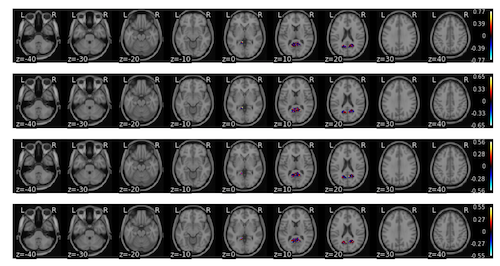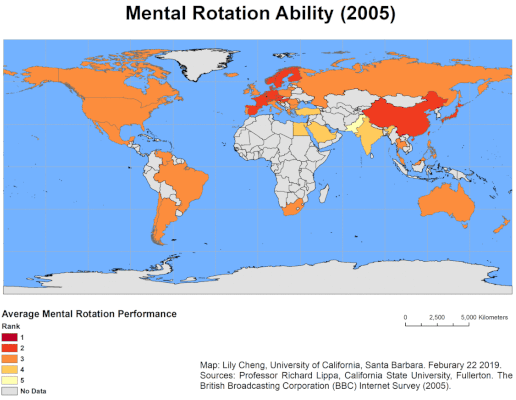The processing course of conflicts in third‐party punishment: An event‐related potential study
Published in PsyCh Journal, 2014
In third-party punishment, people encountered more conflict when they did not change unfair offers. Furthermore, it was implied that altruistic punishment, rather than rational utilitarianism, might be the prepotent tendency for humans that is involved in the early stage of decision-making.
Recommended citation: Qu, L., Dou, W., Cheng, Y., & Qu, C. (2014). The processing course of conflicts in third‐party punishment: An event‐related potential study. PsyCh Journal, 3(3), 214-221.






